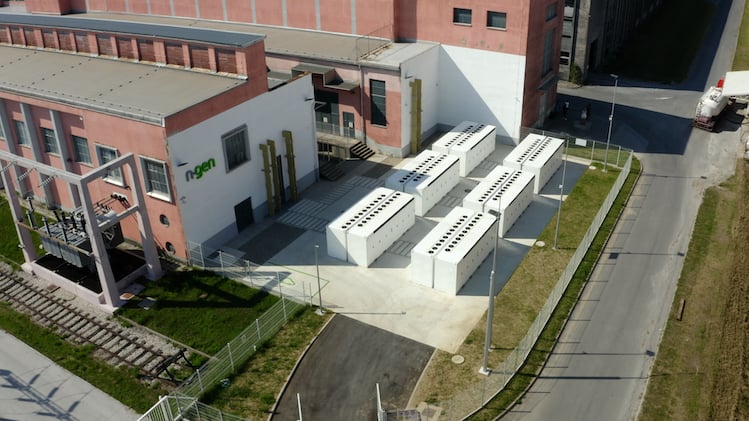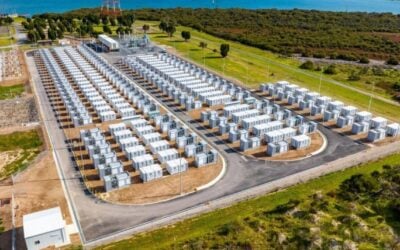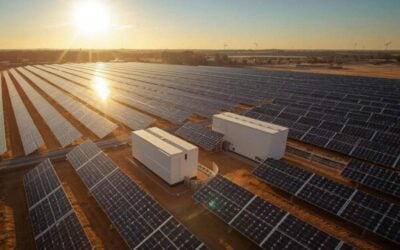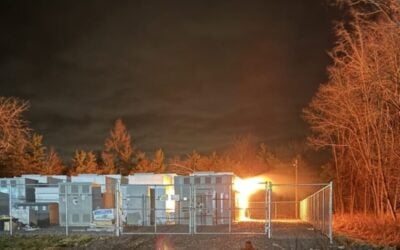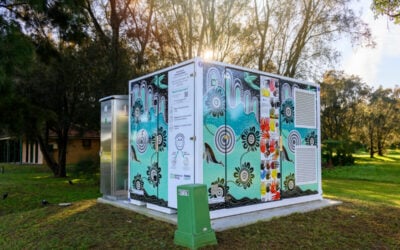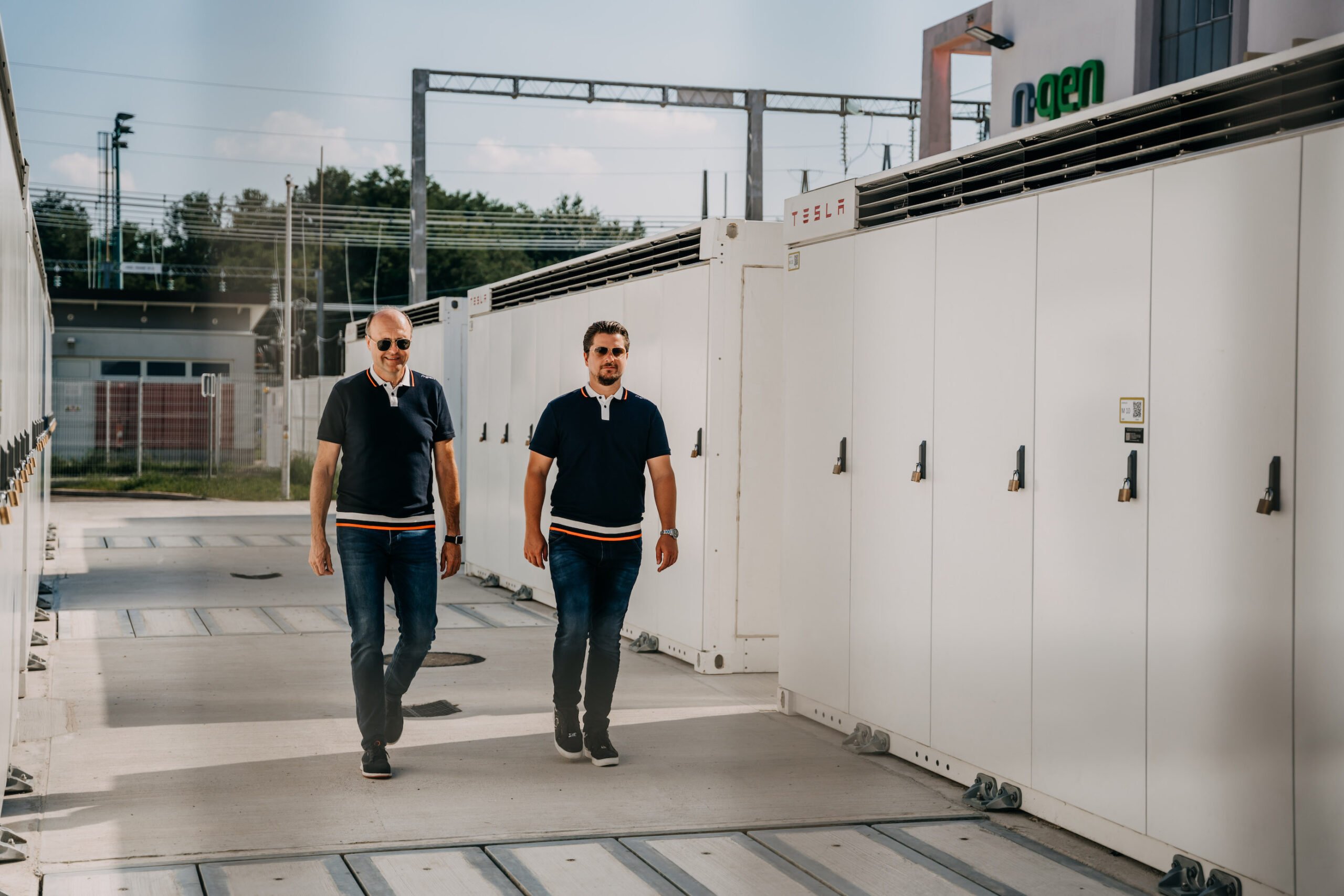
About a year after unveiling what is thought to be the first large-scale Tesla Powerpack battery project in the Balkans, Slovenian energy services company NGEN has confirmed that it has completed its second, even bigger project.
NGEN installed a 12.6MW / 22MWh battery project in north-western Slovenia last year and held an official launch event in October 2019. Company press representative Mirjam Bernard told Energy-Storage.news today that the second project, this time using Tesla’s larger and newer Megapack product, has also successfully been completed.
The new project is 15MW rated output and 30MWh capacity, in the north-east Slovenian town of Kidričevo. NGEN began developing the project almost as soon as the first one was completed, construction began in Spring this year, with first operational testing conducted in August.
One really interesting fact in the release NGEN sent over to the site today was that the new project’s cost was about €15 million (US$17.79 million) “including construction, installation and all equipment investment” – the same cost that the company quoted for the smaller project completed last year.
Try Premium for just $1
- Full premium access for the first month at only $1
- Converts to an annual rate after 30 days unless cancelled
- Cancel anytime during the trial period
Premium Benefits
- Expert industry analysis and interviews
- Digital access to PV Tech Power journal
- Exclusive event discounts
Or get the full Premium subscription right away
Or continue reading this article for free
NGEN, founded by self-described “serial entrepreneur” Roman Bernard and co-founder Damian Merlak in 2019, developed software for controlling the batteries and other decentralised energy assets which works in tandem with Tesla’s Autobidder market opportunity optimisation platform. The company said its software is also compliant with various EU trading and grid-balancing platforms, as well as European Network of Transmission System Operators (ENTSO-E) standards.
As with the previous project, the Tesla battery systems will perform frequency regulation services for the European grid which spans from Portugal to Turkey and as far as the northern tip of Norway, helping maintain frequency as close to its required 50Hz as possible. This helps prevent blackouts and batteries can do this faster and more efficiently than conventional generation can.
“[The] new Tesla Megapack electricity storage system will provide additional help for balancing the electricity grid’s frequency, lowering the balance groups imbalances and offering flexibility support to other energy market participants, especially bigger consumers,” NGEN said.
In a statement sent today to Energy-Storage.news alongside the press release, NGEN spoke of the importance and advantages of creating a sustainable decentralised energy system. The power grid needs to be transformed, NGEN said, to prevent faults on the transmission grid causing not only local blackouts but potentially blackouts across the European continent.
Decentralisation would also provide “greater control in communities over the sources of the energy they consume,” the company said, adding that this could enable new sources of revenue, ways to provide backup power to the national grid as well as locally and of course greater shares of renewable energy. The company is also enthusiastic about the potential of microgrids, it said.
